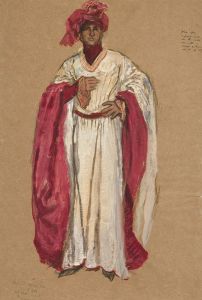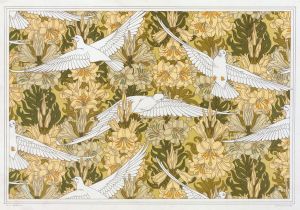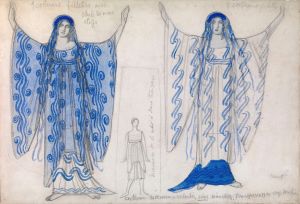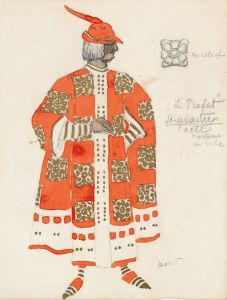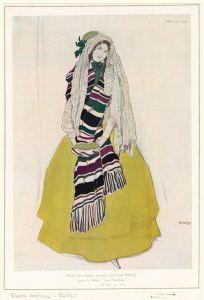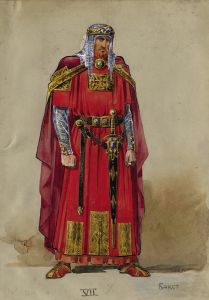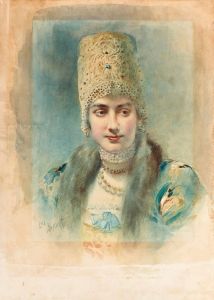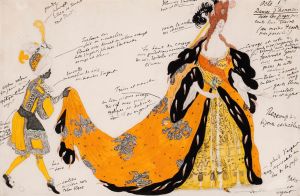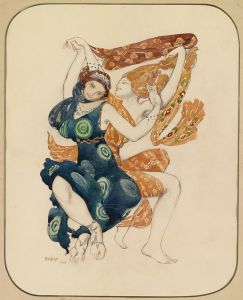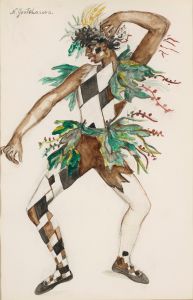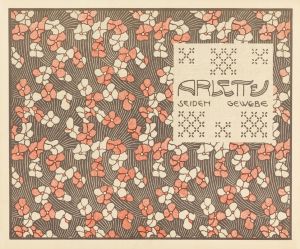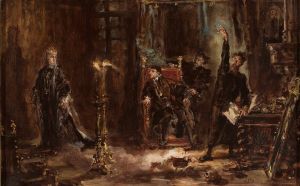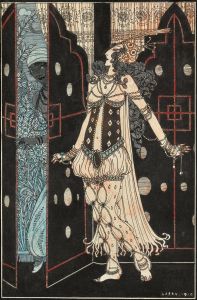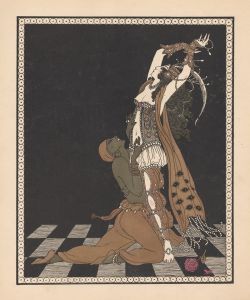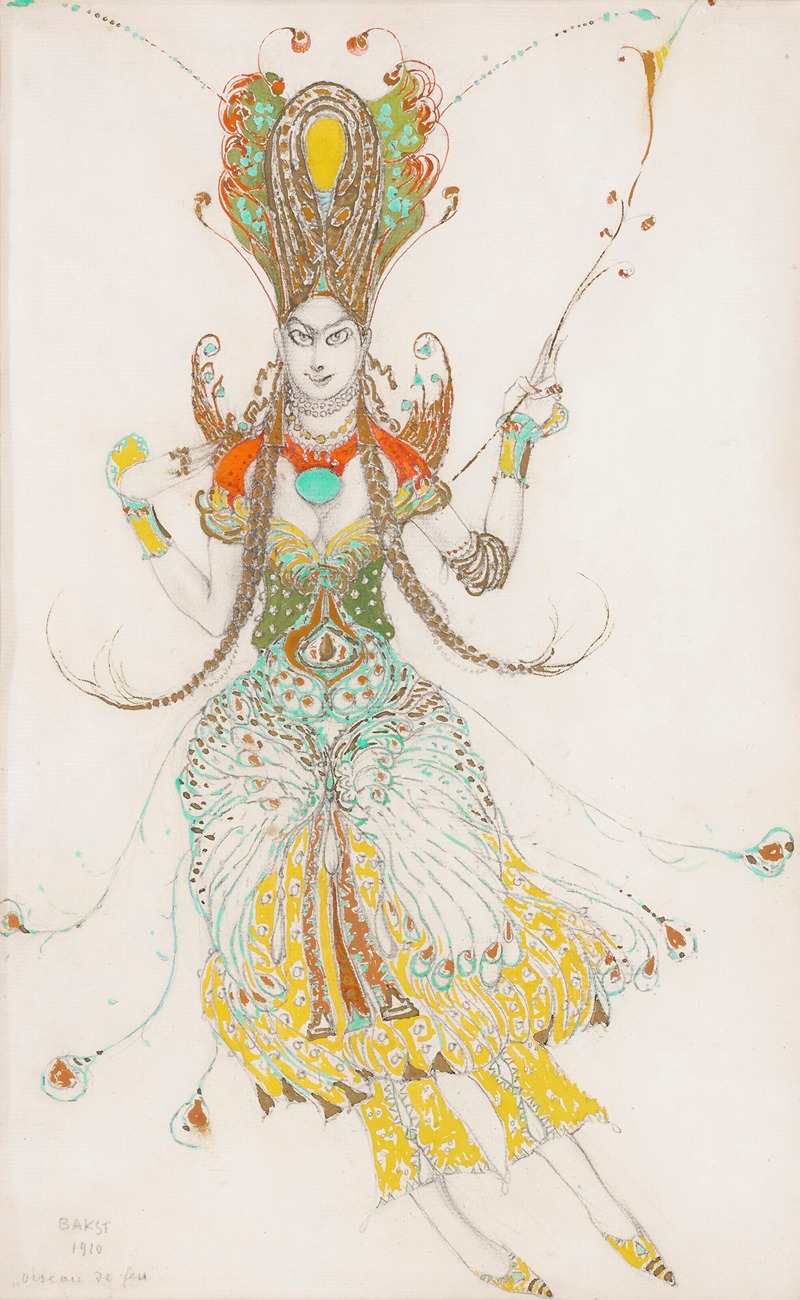
Costume design for Tamara Karsavina as ‘L’Oiseau de Feu’
A hand-painted replica of Léon Bakst’s masterpiece Costume design for Tamara Karsavina as ‘L’Oiseau de Feu’, meticulously crafted by professional artists to capture the true essence of the original. Each piece is created with museum-quality canvas and rare mineral pigments, carefully painted by experienced artists with delicate brushstrokes and rich, layered colors to perfectly recreate the texture of the original artwork. Unlike machine-printed reproductions, this hand-painted version brings the painting to life, infused with the artist’s emotions and skill in every stroke. Whether for personal collection or home decoration, it instantly elevates the artistic atmosphere of any space.
Léon Bakst, a renowned Russian painter and scene and costume designer, created the costume design for Tamara Karsavina as ‘L’Oiseau de Feu’ (The Firebird) in 1910. This work is a significant example of Bakst's contribution to the world of ballet and his collaboration with the Ballets Russes, a groundbreaking ballet company founded by Sergei Diaghilev. The Ballets Russes was instrumental in bringing Russian art and culture to Western Europe and had a profound influence on the development of modern ballet.
The Firebird is a ballet based on Russian folklore, with music composed by Igor Stravinsky. It premiered on June 25, 1910, at the Théâtre National de l'Opéra in Paris. The ballet tells the story of Prince Ivan, who captures a magical firebird and, with her help, defeats the evil sorcerer Kashchei. Tamara Karsavina, a prominent ballerina of the time, was cast in the role of the Firebird. Her performance, combined with Bakst's innovative costume design, played a crucial role in the ballet's success.
Bakst's design for the Firebird costume was characterized by its vibrant colors and intricate patterns, reflecting the exotic and mystical nature of the character. The costume was made to enhance Karsavina's movements, allowing her to embody the grace and otherworldly quality of the Firebird. Bakst's use of bold colors and elaborate detailing was typical of his style, which often drew inspiration from the East and incorporated elements of Art Nouveau and Symbolism.
The costume design for the Firebird was not only a visual masterpiece but also a technical achievement. Bakst's attention to detail and understanding of the dancer's needs ensured that the costume was both beautiful and functional. The design included a headdress with feathers, a fitted bodice, and a skirt that allowed for fluid movement, all contributing to the illusion of a mythical bird in flight.
Bakst's collaboration with the Ballets Russes and his work on The Firebird marked a turning point in theatrical design. His designs were revolutionary, moving away from the traditional and often static costumes of the time to more dynamic and expressive creations. This approach influenced not only ballet but also theater and fashion, leaving a lasting legacy on the visual arts.
The success of The Firebird and Bakst's designs helped to establish the Ballets Russes as a leading force in the world of dance. The company's innovative approach to combining music, dance, and visual art set new standards and inspired future generations of artists and designers. Bakst's work, particularly his costume design for Tamara Karsavina as the Firebird, remains a celebrated example of the transformative power of art and collaboration.
In summary, Léon Bakst's costume design for Tamara Karsavina in The Firebird is a testament to his artistic vision and his ability to merge visual art with performance. His work not only enhanced the ballet's narrative but also contributed to the evolution of costume design in the performing arts. The Firebird continues to be remembered as a landmark production, with Bakst's designs playing a pivotal role in its enduring legacy.





